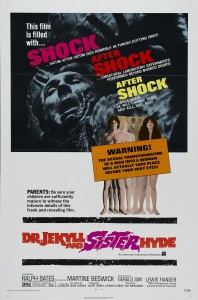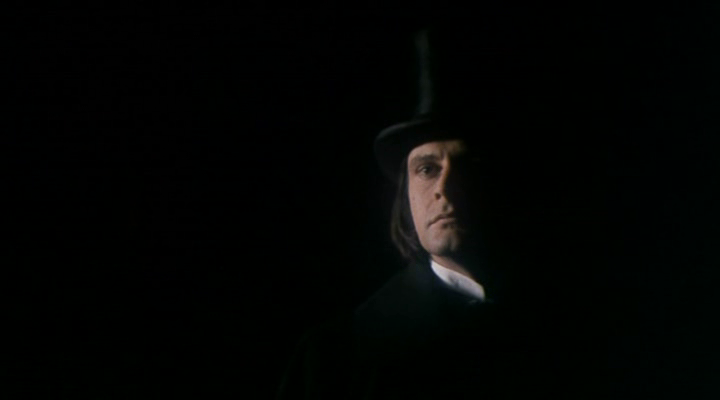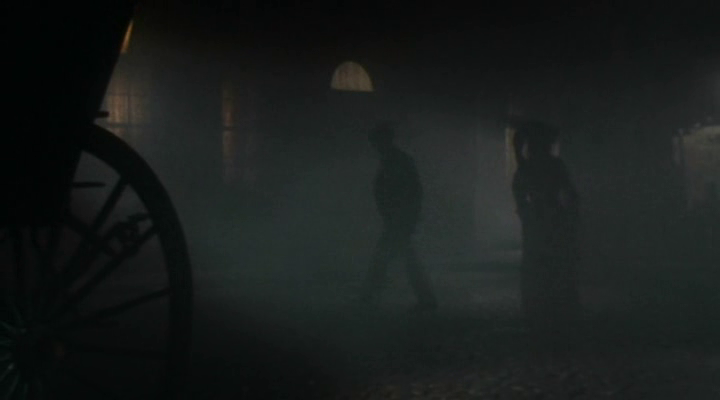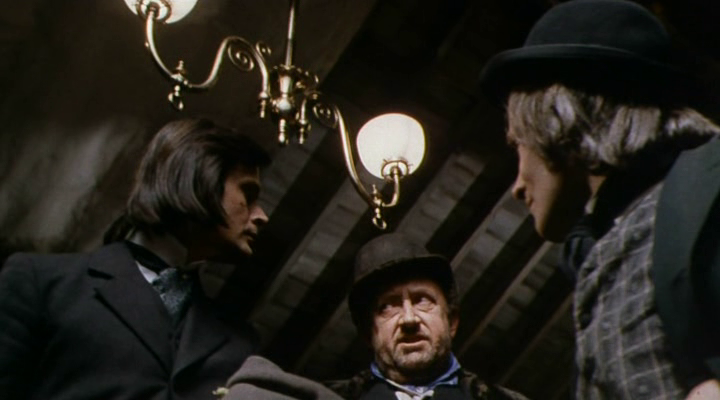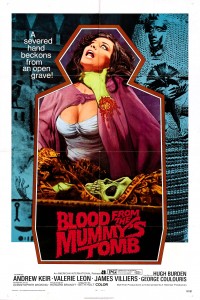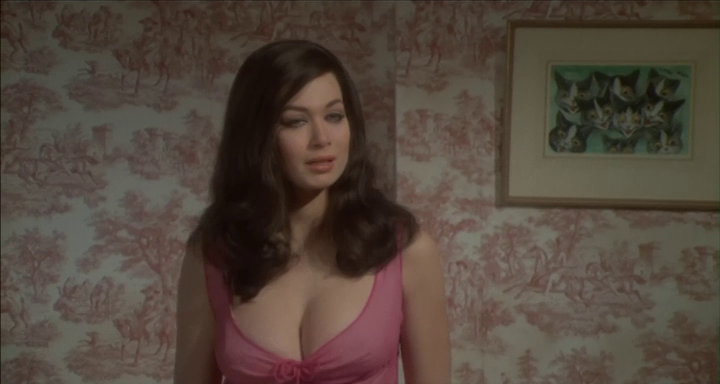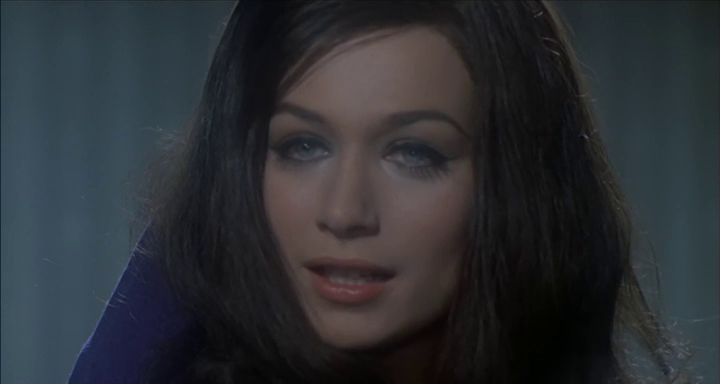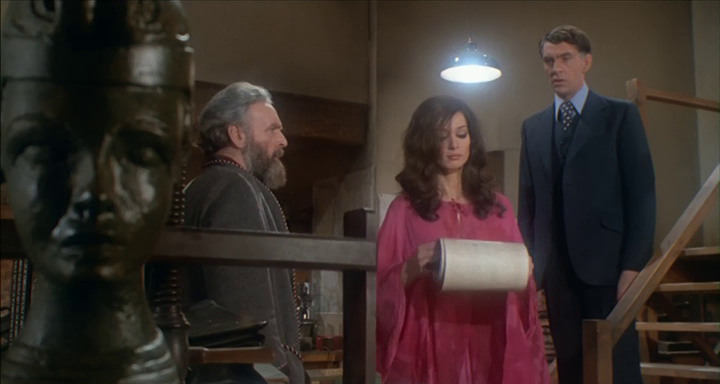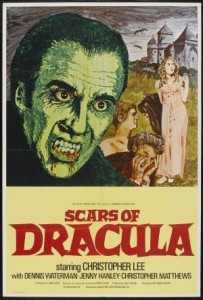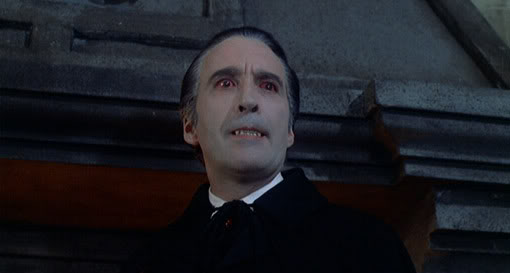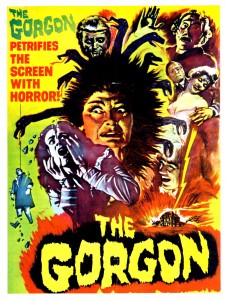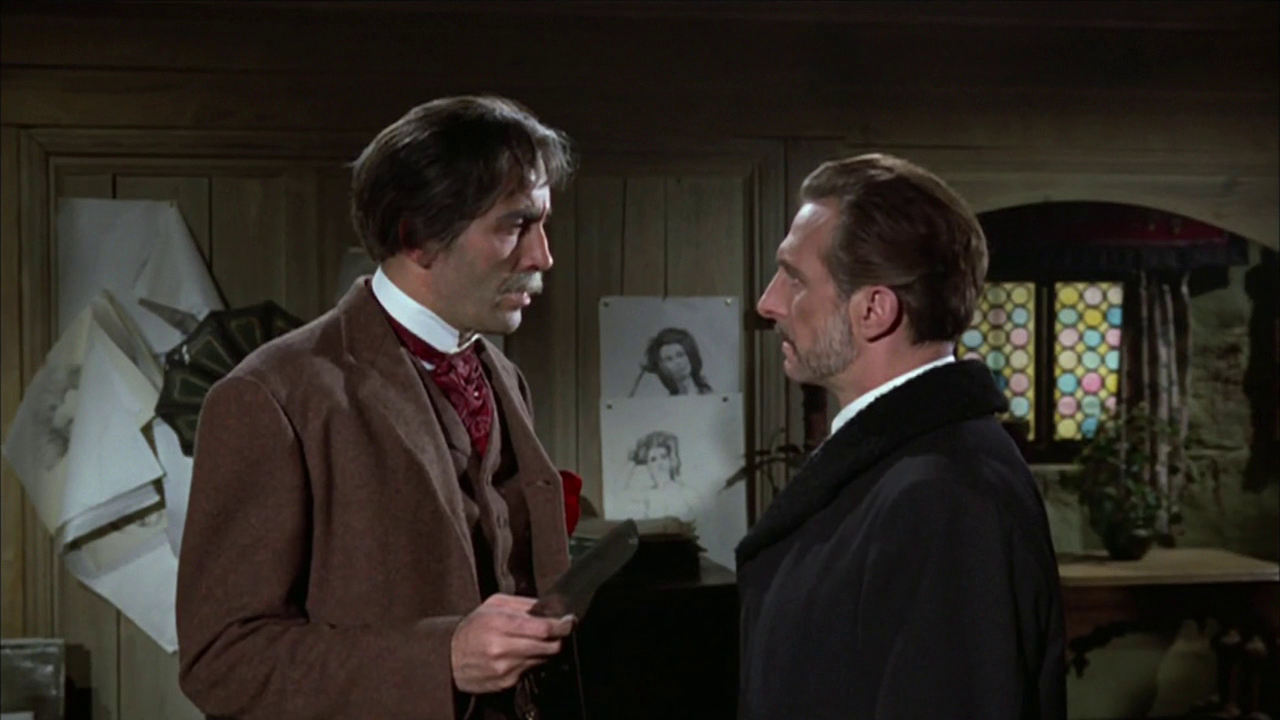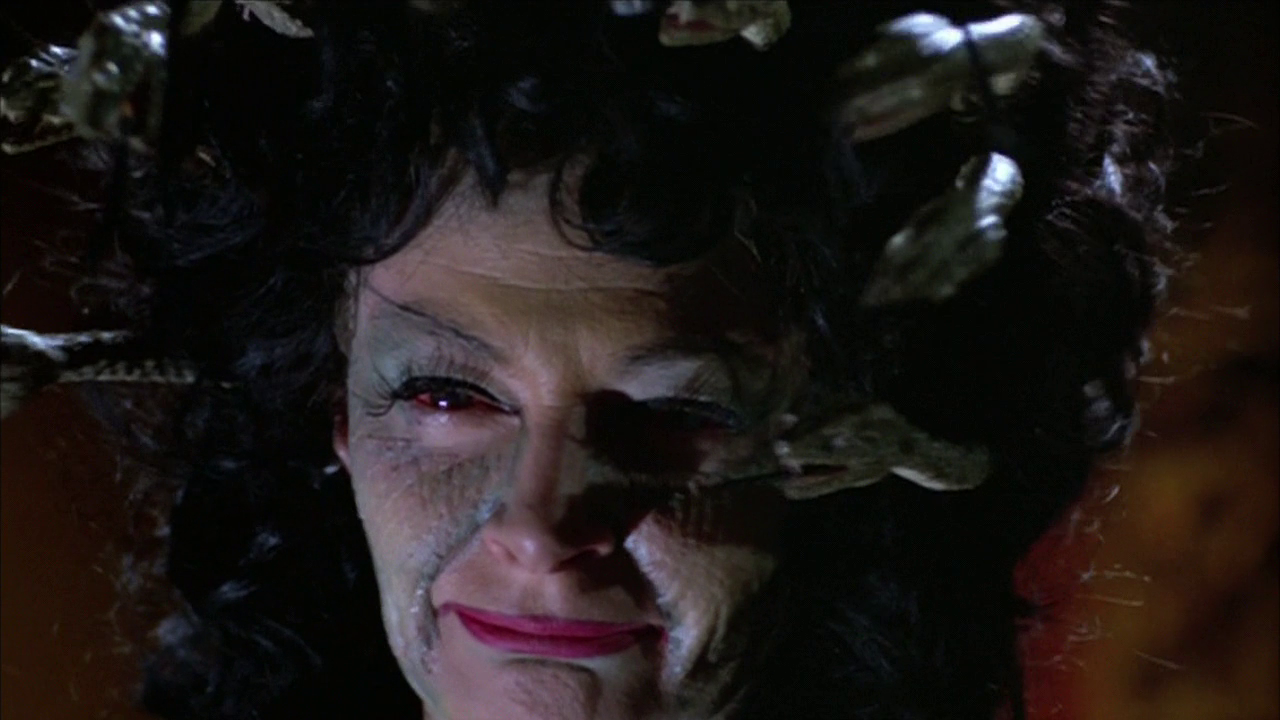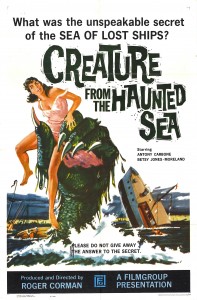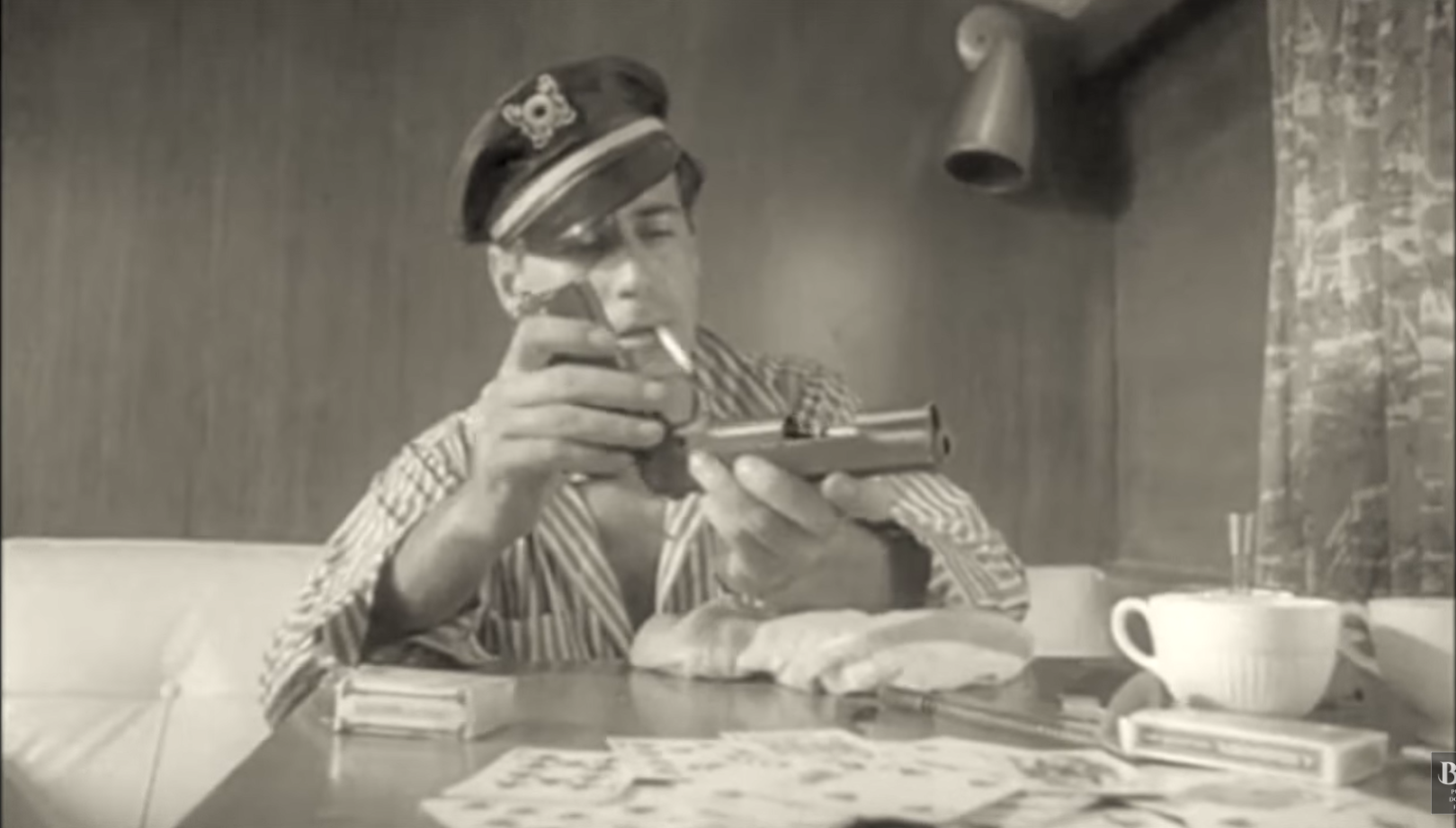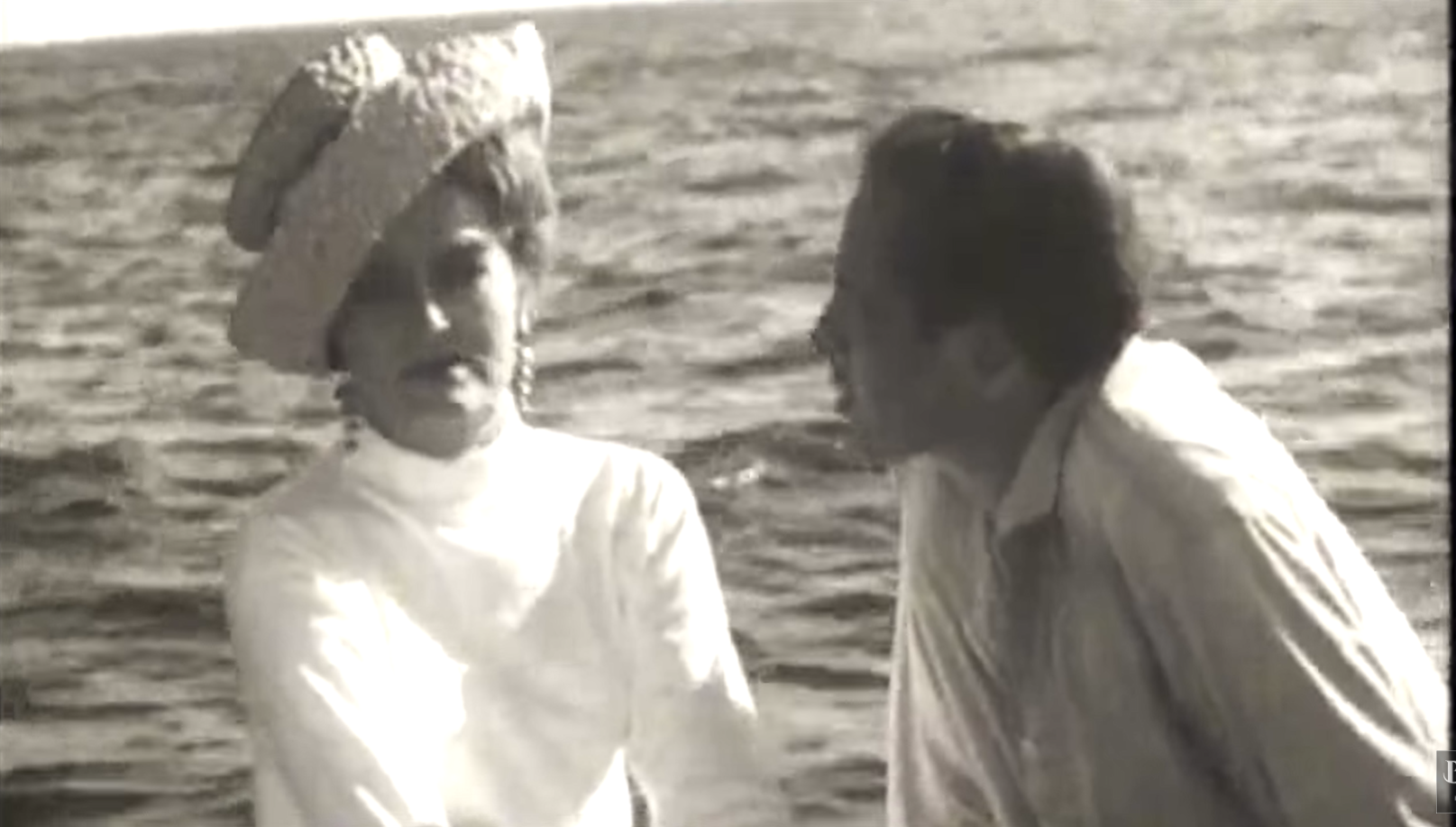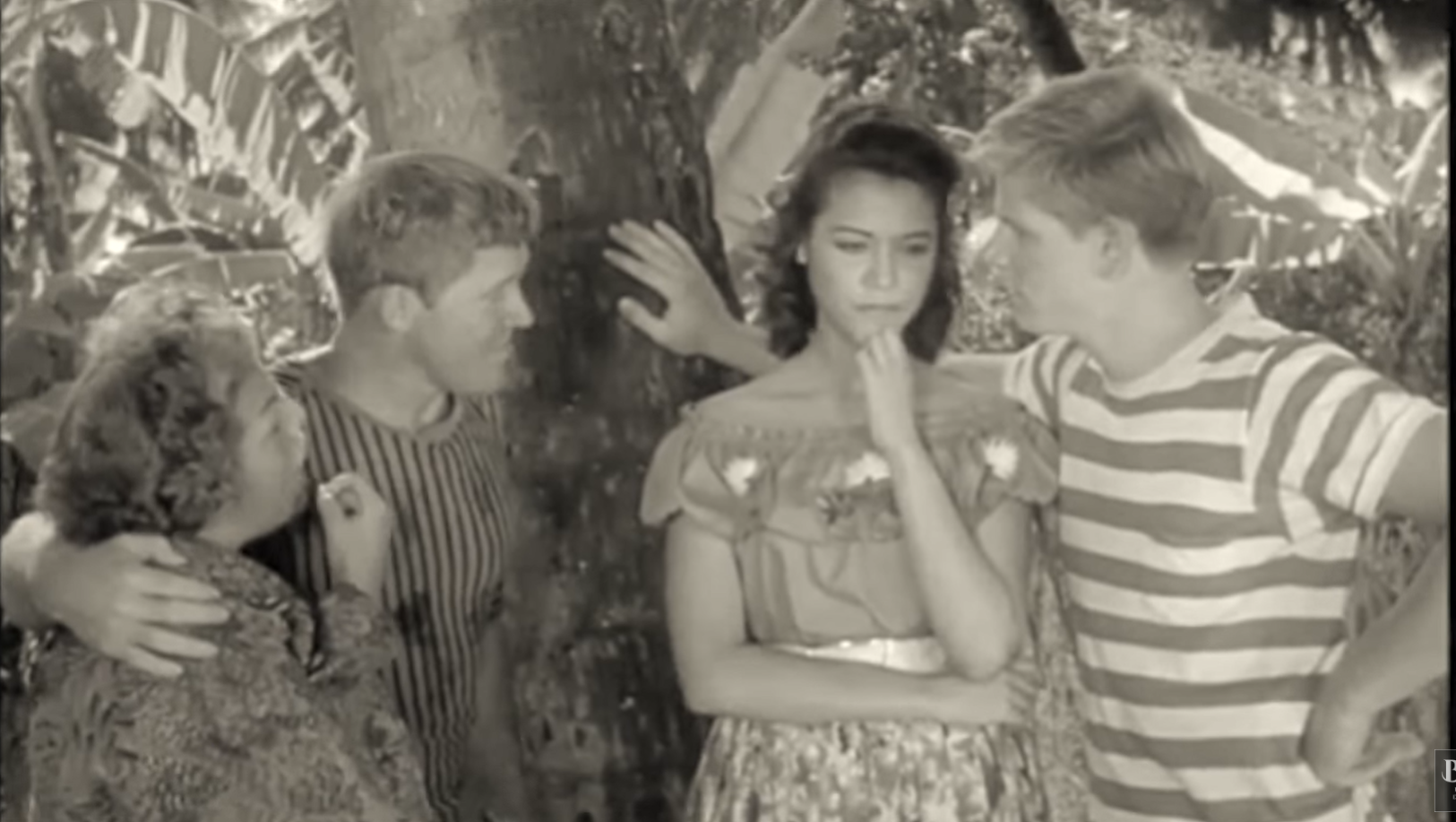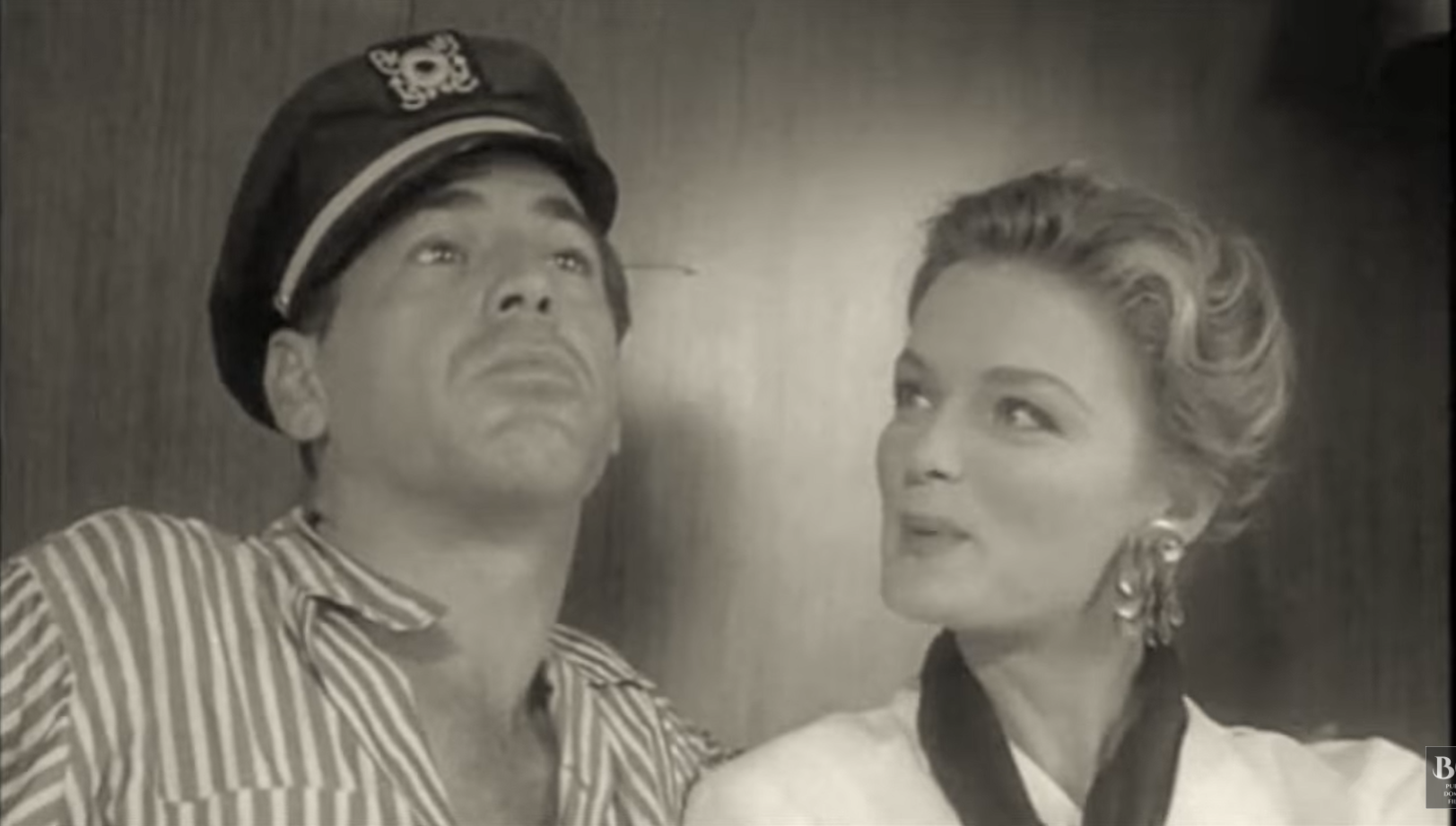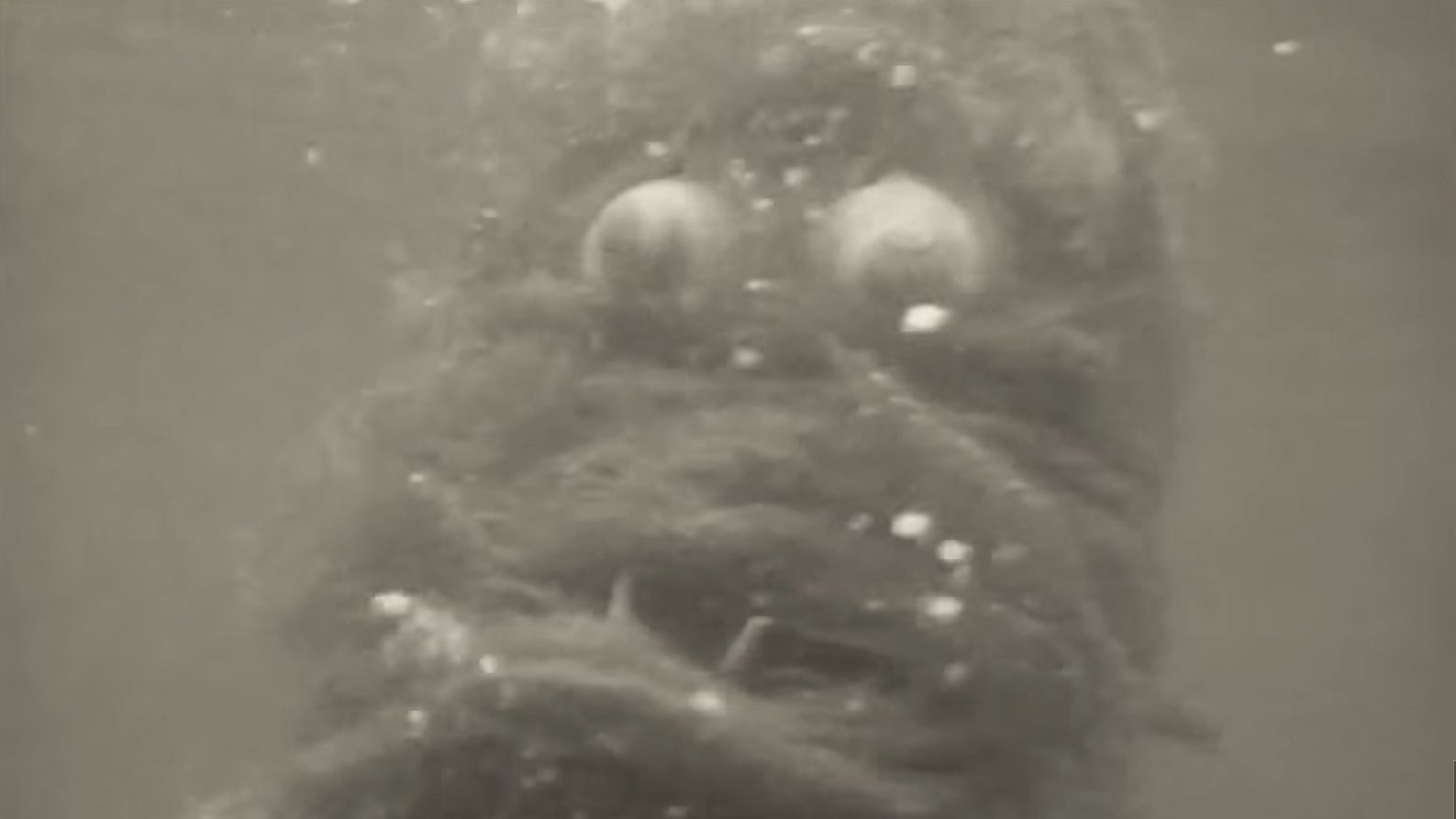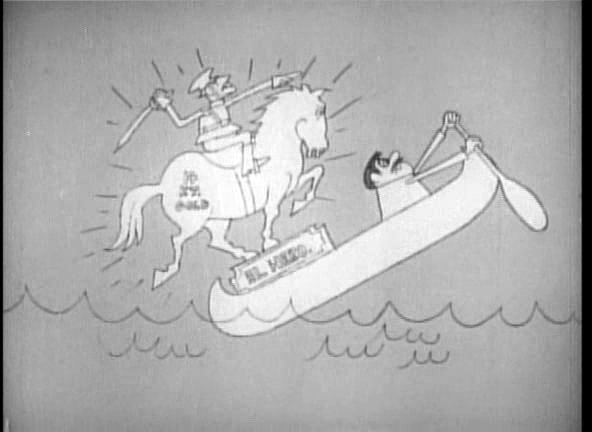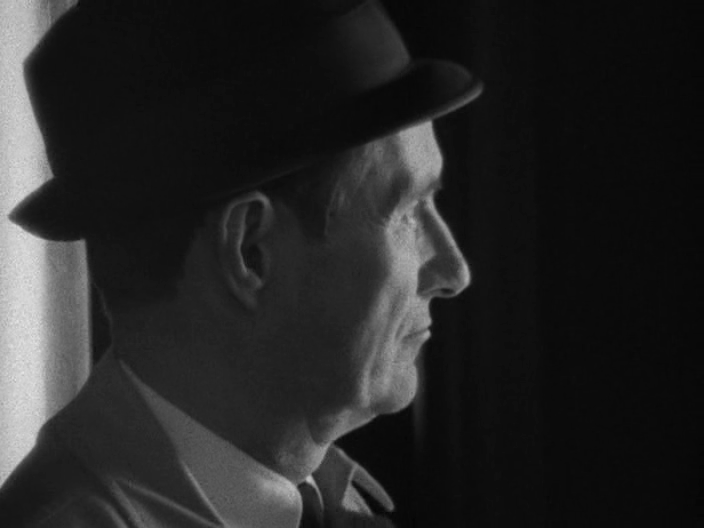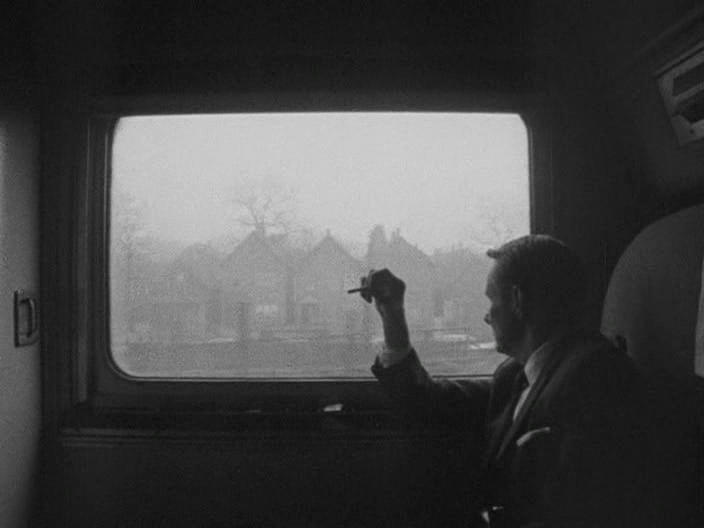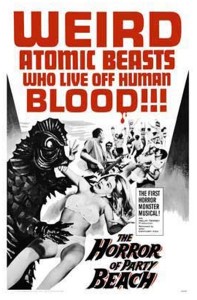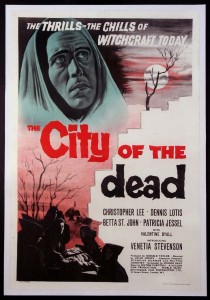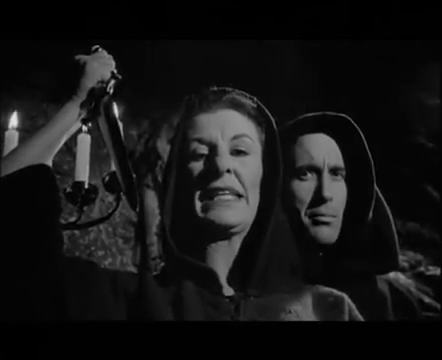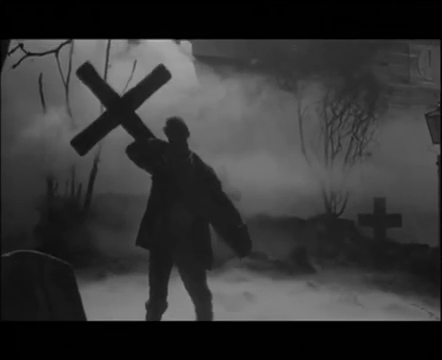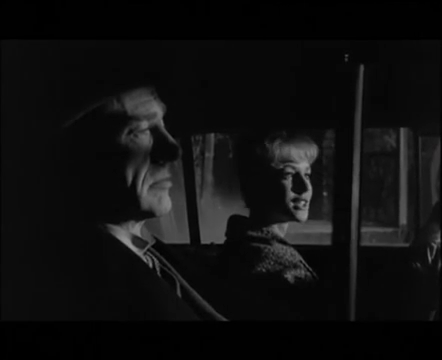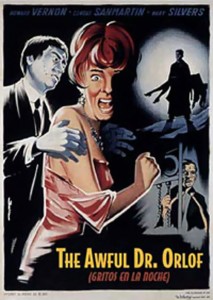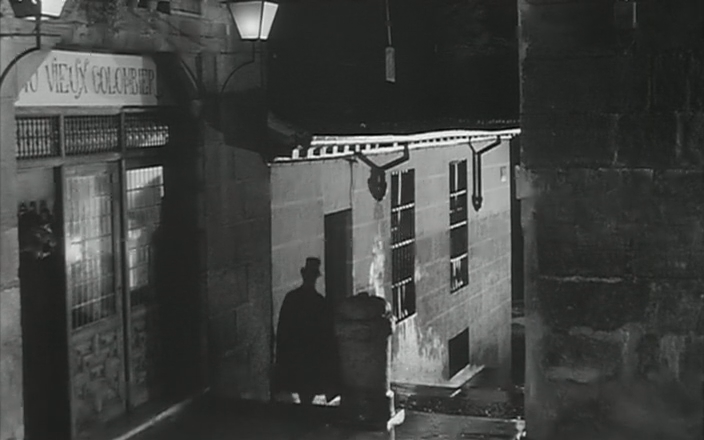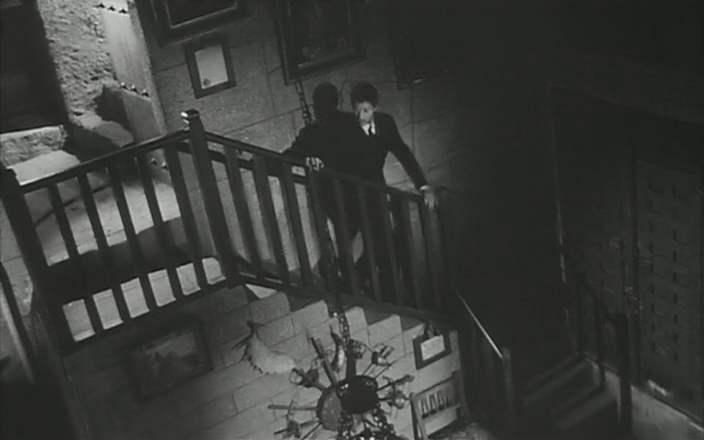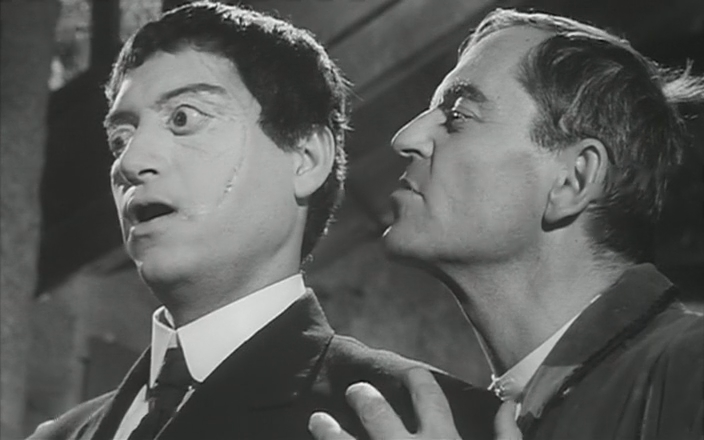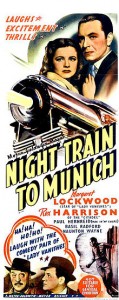|
Genres, Themes, Actors, and Directors:
- Carol Reed Films
- Historical Drama
- Kidnapping
- Mistaken or Hidden Identities
- Rex Harrison Films
- World War II
Review:
Made just two years after Hitchcock’s classic pre-war thriller The Lady Vanishes (1938), this film — directed by Carol Reed — bears inevitable comparison in many respects, given that it was co-authored by the same screenwriting team (Sidney Gilliat and Frank Launder), took place in part on a train, and featured both the same leading actress (Lockwood) and the same wisecracking comedic duo (Basil Radford and Naunton Wayne). By 1940, however, war had officially broken out, and the difference in narrative emphasis shows: Nazis are called out explicitly as heinous villains, concentration camps (albeit in a sanitized sound-set version) are shown, and the call to action on behalf of Brits was more profound than ever. This became an early entry in the lengthy array of wartime cinema produced by Britain, functioning both as escapist fare and patriotic stimulation.
The movie’s pace is fast-moving, and while we find out the true identity of one key character early on, this doesn’t lessen the tension. We are primarily focused on admiring the daring-do of Harrison, who is nicely cast here as a brave (if slightly rash) spy willing to risk his life to help Aylmer and Lockwood.

As in The Lady Vanishes, I’m not a fan of Radford and Wayne’s presence, though they are at least tightly integrated into the plot and serve a critical function:
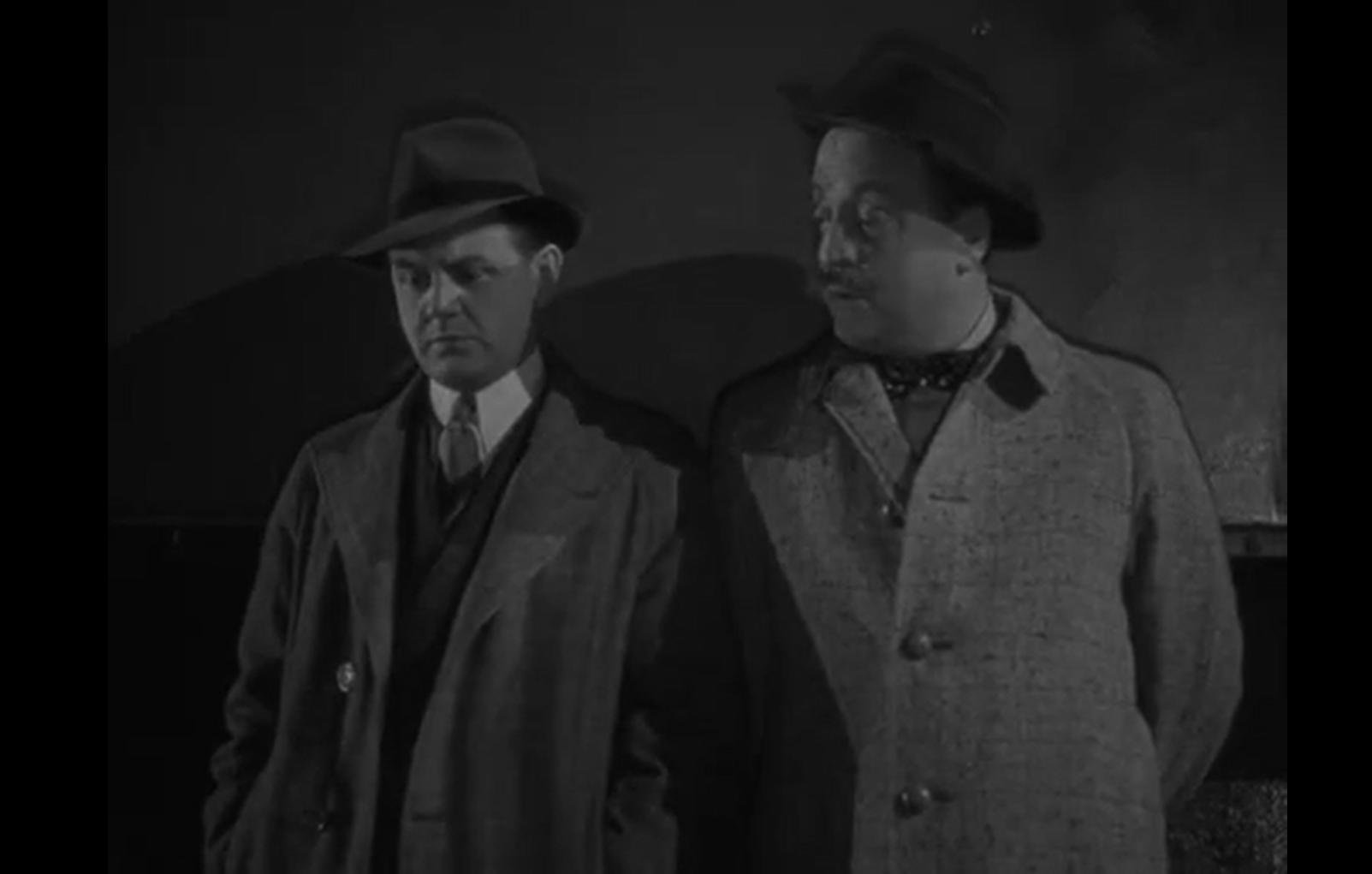
Although Lockwood’s character isn’t all that memorable:
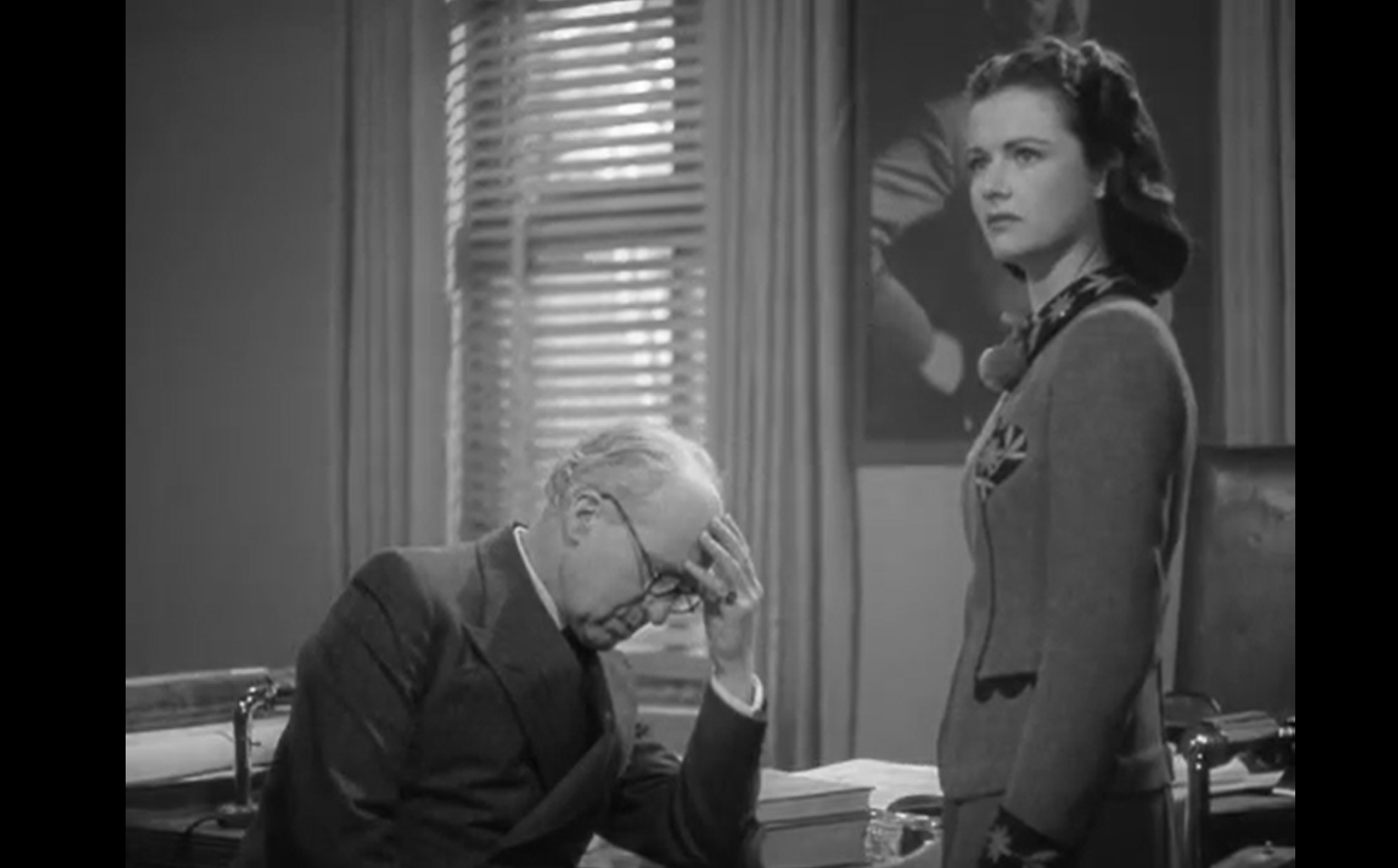
… Henreid — perhaps best known for his work in Now, Voyager (1942) and Casablanca (1942) — does a fine job in an unenviable role:
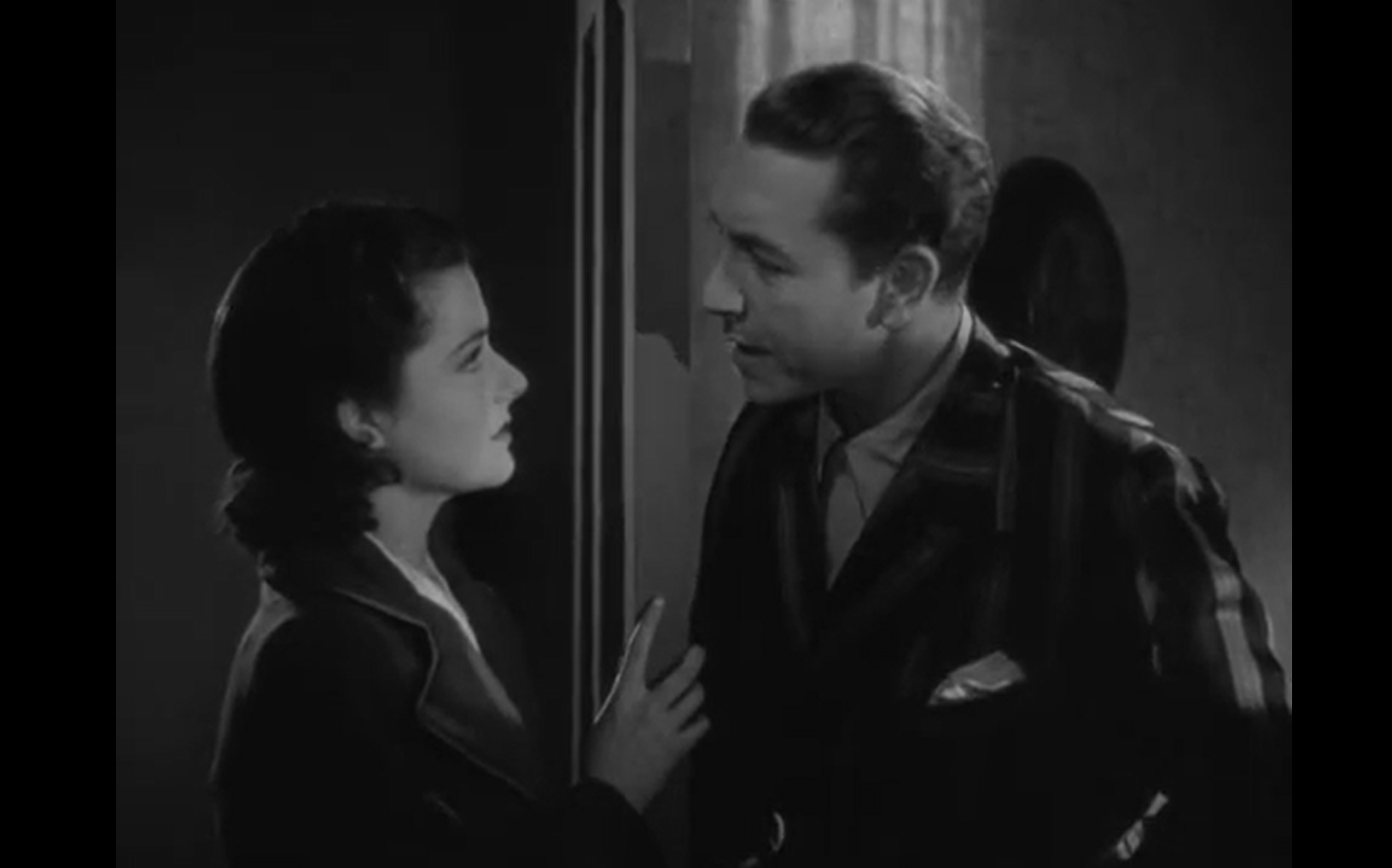
… and Harrison is actually not annoying (plus, he SINGS — for real!).
Redeeming Qualities and Moments:
- Rex Harrison as Gus Bennett
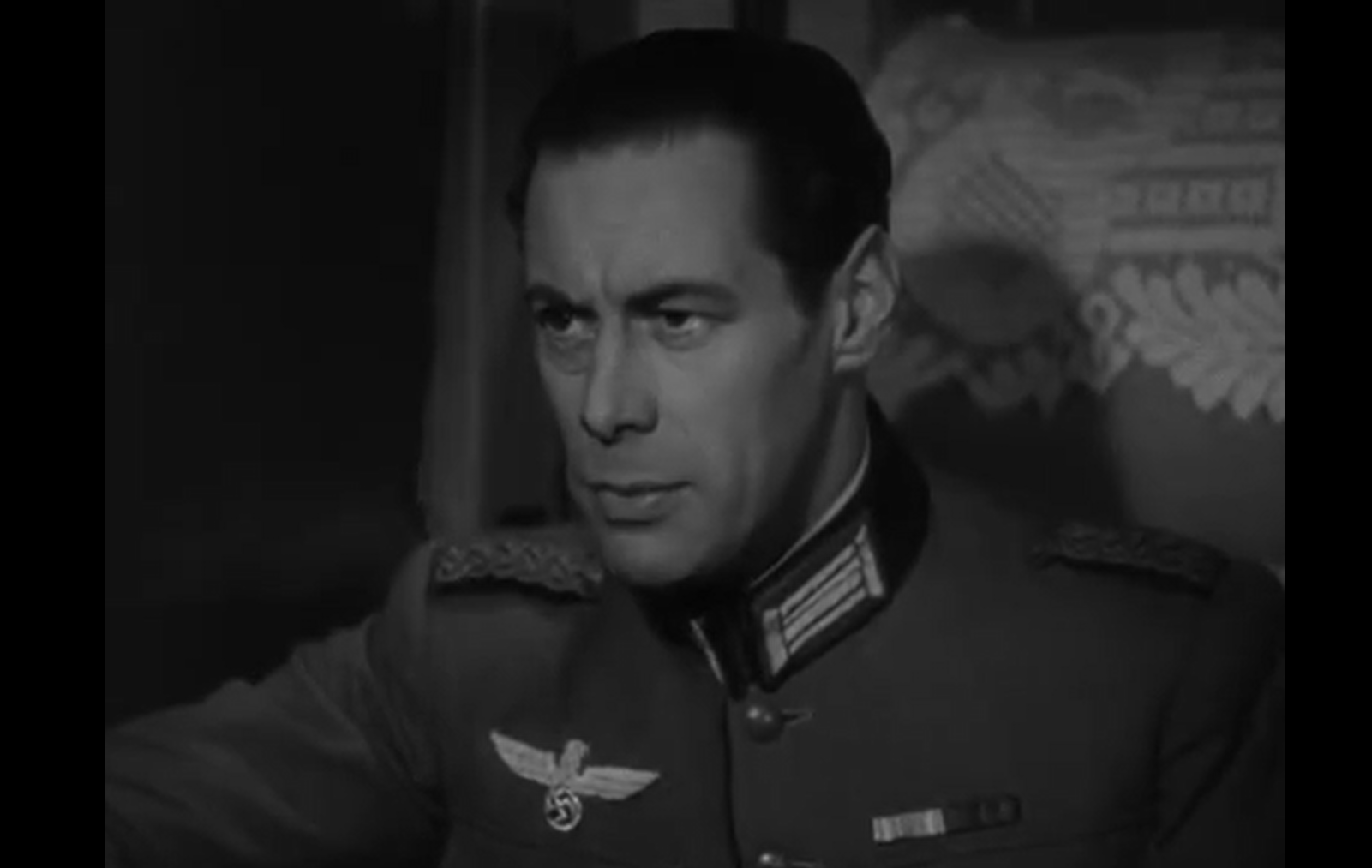
- Atmospheric cinematography
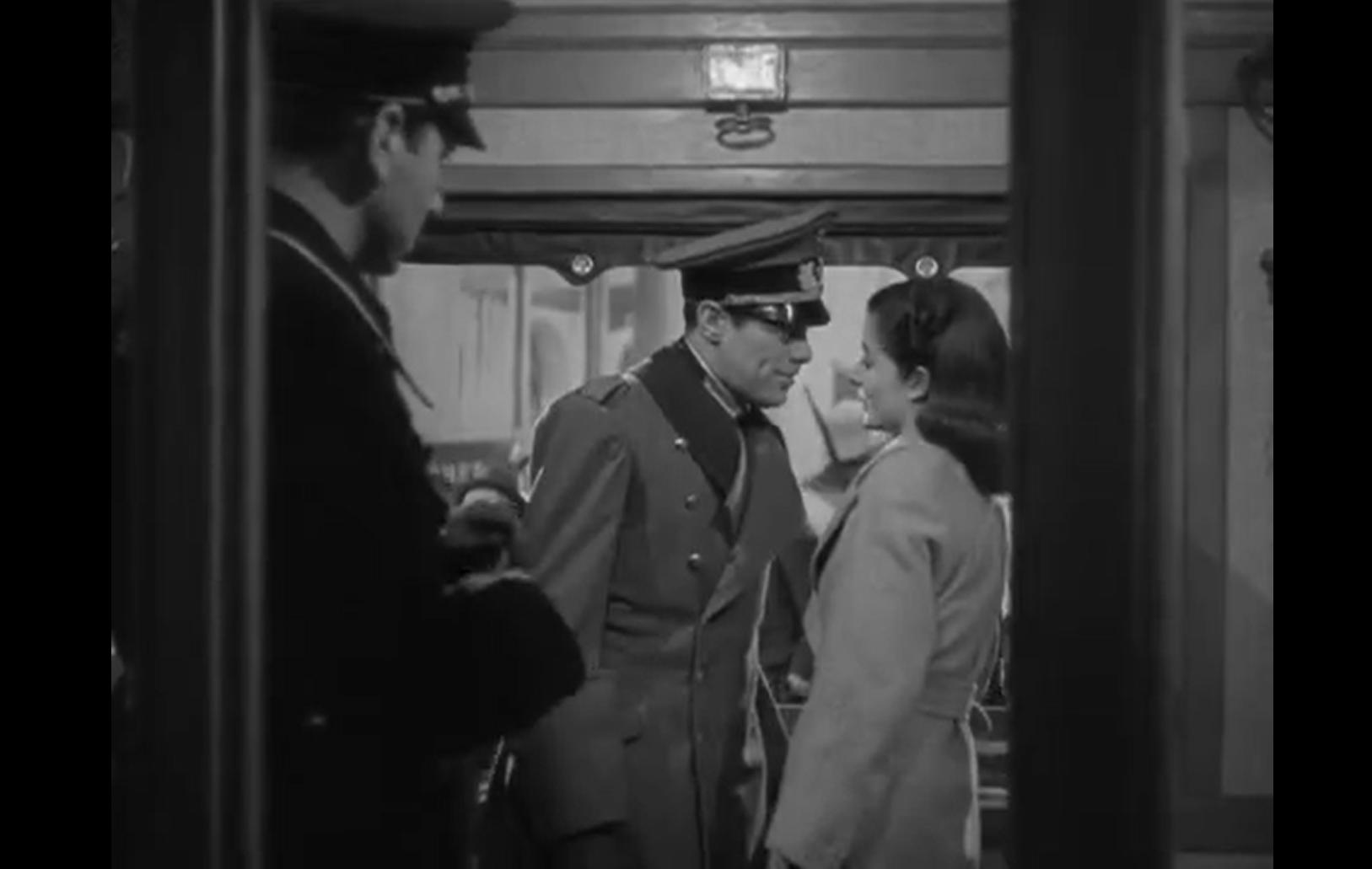
Must See?
No; this one is fun but optional viewing for film fanatics.
Links:
|
